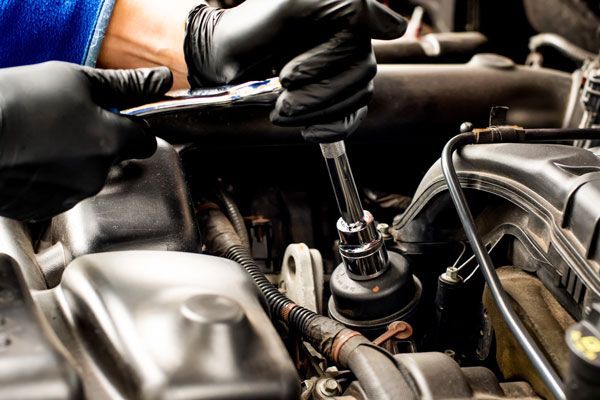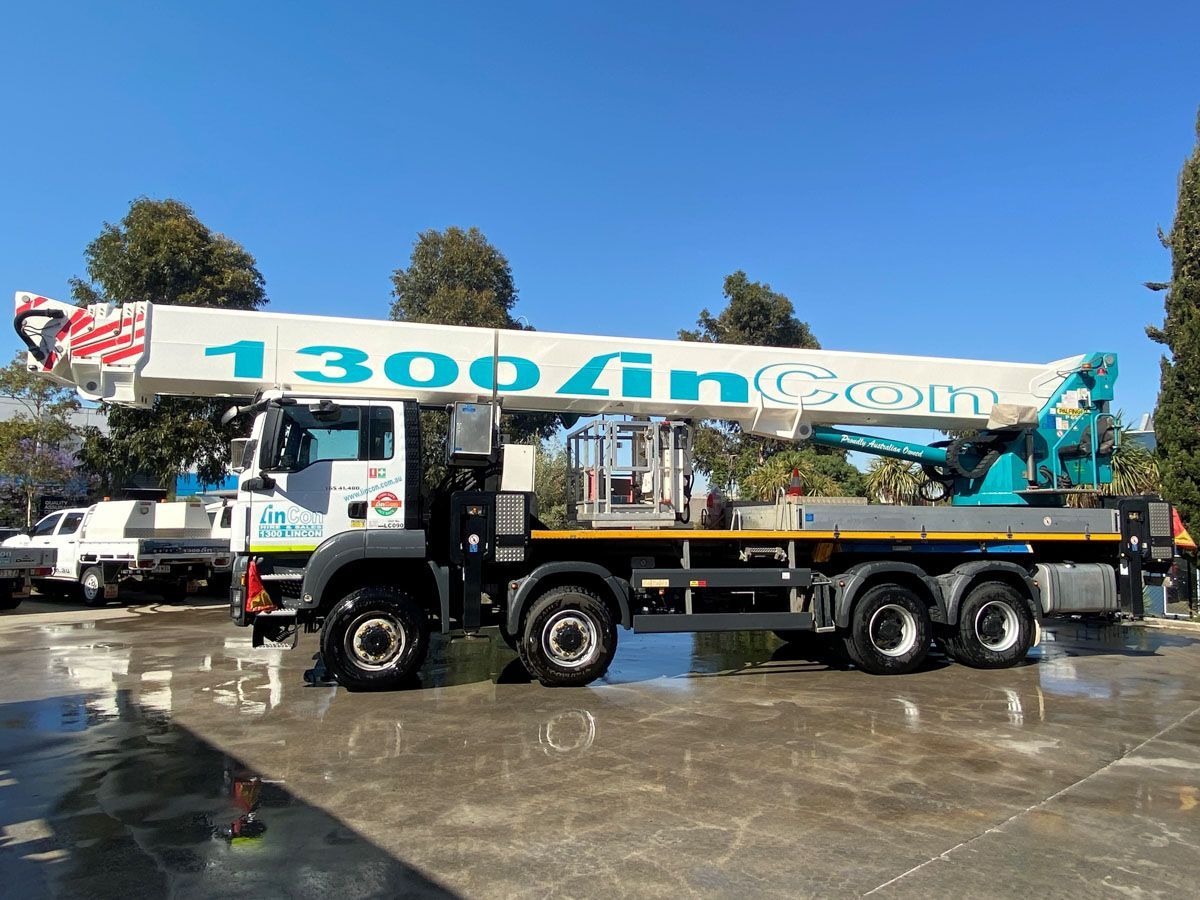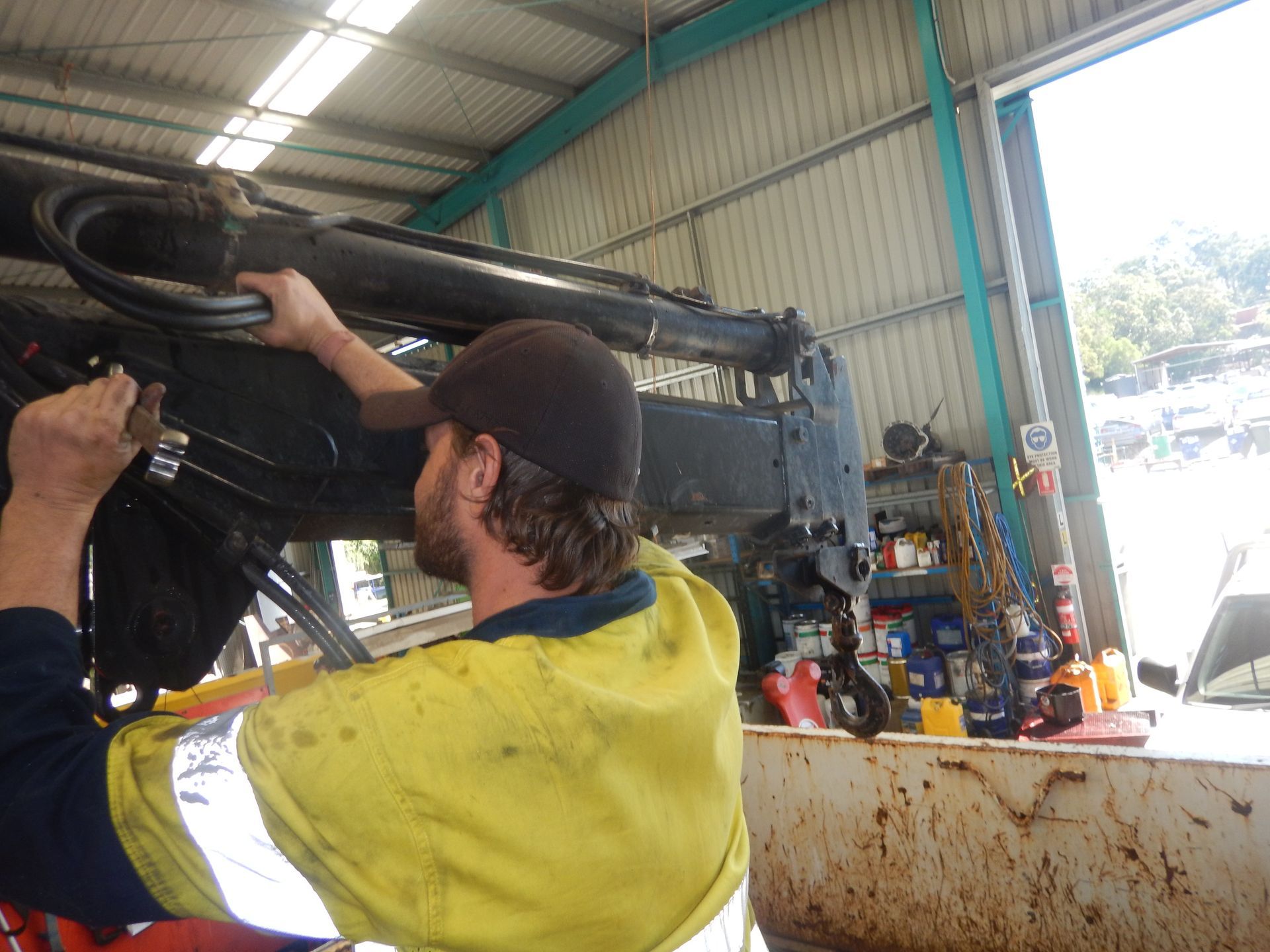Hydraulic repairs vs replacements
Hydraulic components do a lot of heavy lifting, and when something starts to fail, deciding whether to repair or replace isn't always straightforward. It comes down to more than just the damage; you also need to consider cost, lead times, and how critical the part is to daily operations. This blog post breaks down the key factors that should guide your decision, so you can get the best outcome for your fleet and your bottom line.
Start with the condition of the component
The first step in deciding between repair and replacement is a detailed inspection of the component itself. Surface damage, like external leaks or minor scoring, can often be fixed with resealing, honing, or machining. But if the damage is deeper, such as pitting on a hydraulic rod, worn-out threads, or significant internal contamination, the risk of repeated failure increases. In many cases, these signs suggest that the component has already exceeded its serviceable life. Understanding whether the damage is cosmetic or structural helps avoid putting time and money into a fix that won't last.
Cost of hydraulic vs full replacement
While repairs are often seen as the cheaper option upfront, that's not always the case in the long run. A low-cost reseal might keep a cylinder working, but if the part continues to leak or requires multiple repairs within a short timeframe, the total cost can quickly exceed that of a new unit. On the other hand, some components – especially custom or hard-to-source parts – may still be worth repairing due to high replacement costs. The key is to compare not just the parts and labour, but also the risk of recurrence and the impact on your equipment's lifespan.
How downtime affects the decision
Downtime is one of the biggest hidden costs in hydraulic servicing. Even if a repair is cheaper, waiting several days for parts or workshop availability might not be viable for active project sites. If a replacement unit can be sourced and installed immediately, it may be the better option, especially when schedule pressure or client deadlines are in play. However, for less time-sensitive machinery, repairs may be worth waiting for, provided they resolve the issue fully. Factoring in lead times, part availability, and the urgency of your job helps put the time-cost trade-off in perspective.
Consider the age and usage of the equipment
Older machinery with high hours is more likely to have underlying issues that aren't visible until after disassembly. In these cases, repairing a faulty hydraulic component may not restore full performance, especially if surrounding systems are also nearing end-of-life. Newer equipment, however, is often a good candidate for targeted repairs, particularly if the part has a known fault or a clean service history. Before committing to any repair, take into account how many hours the equipment has logged, what environment it operates in, and whether it's already had multiple fixes for the same issue.
When to repair vs when to replace: making the right call
The choice between hydraulic repairs and full replacement often comes down to a combination of wear, urgency, cost, and long-term performance. In some situations, a straightforward reseal or fluid flush can get the equipment back on site quickly and affordably. In others, the damage is too extensive or the component too unreliable to justify another fix. Below is a quick-reference guide to help you decide:
| Repairs are ideal when: | Replacement is the better choice when: |
|---|---|
| The issue is isolated and the component is structurally sound | The component has failed more than once |
| Downtime is manageable and parts are readily available | Downtime is critical and a new part can be sourced faster |
| You’re dealing with minor wear, leaks, or contamination | There is major scoring, cracking, warping, or internal corrosion |
| The part is custom or hard to source | Replacement parts are cost-effective and readily available |
| The equipment is relatively new with low hours | The equipment is nearing end-of-life or has a poor service history |
| Safety risk is minimal and the repair restores full function | The component is safety-critical and failure could risk operation |
Choosing the right option helps extend equipment life, manage costs, and reduce the chance of unexpected failures on site. When in doubt, it's worth getting an expert assessment from a reputable company like LinCon to avoid unnecessary risks or recurring issues.
Speak to LinCon about your hydraulic repair work
Making the right call on hydraulic servicing can save both time and money, but more importantly, it ensures your equipment performs safely under pressure. Whether you're managing a single machine or a large fleet, LinCon can provide expert guidance on whether to repair, rebuild, or replace your hydraulic components. Reach out to our team and see how we specialise in assessing condition, sourcing parts, and getting equipment back on site with minimal disruption.



